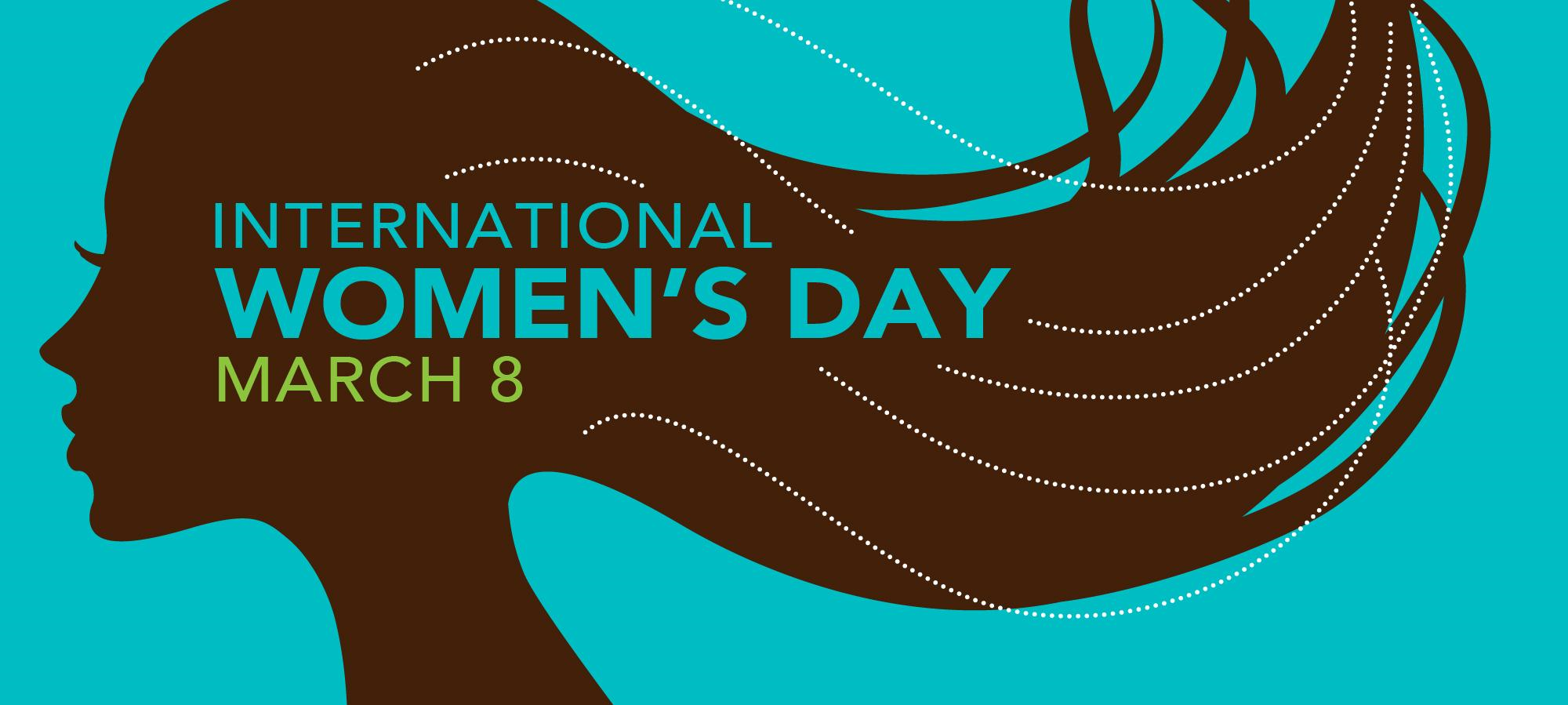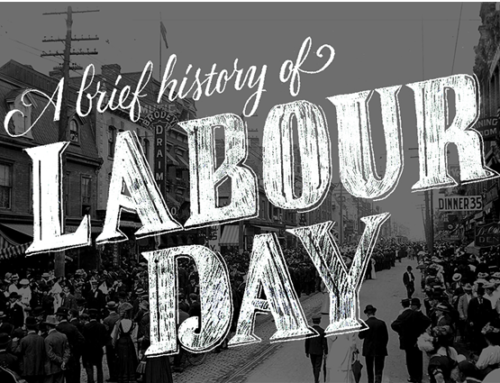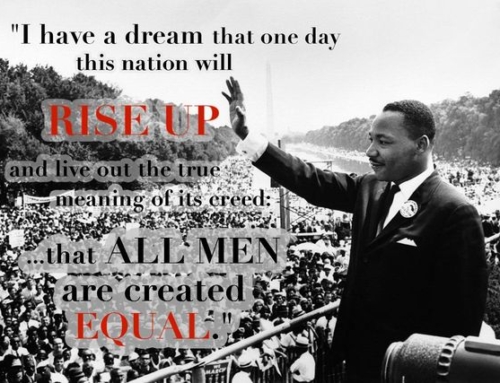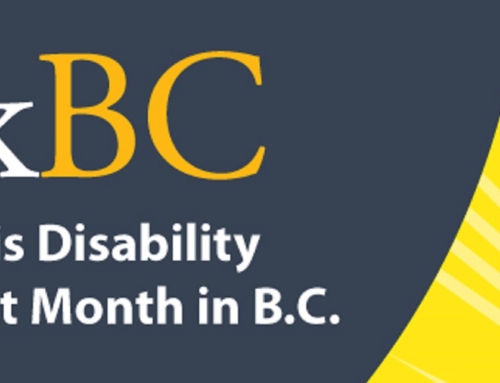Bullying/Discrimination at your Workplace: Mature Workers
Discrimination in the workplace is not a problem that is nation specific; it is a global issue that prevents many workers from getting or keeping a job.
FACTS ABOUT WORKPLACE BULLYING
• Bullying is usually seen as acts or verbal comments that could ‘mentally’ hurt or isolate a person in the workplace
• Bullying can involve negative physical contact as well
• Bullying usually involves repeated incidents or a pattern of behavior that is intended to intimidate, offend, degrade or humiliate a particular person or group of people
• Bullying has been described as the assertion of power through aggression.
• With mandatory retirement for most workers gone, coupled with a demographic bulge and low returns on fixed-income investments, older workers are putting off retirement and staying in the work force than ever before
• Employment lawyers say they are seeing an increasing number of age-discrimination cases as a result.
AGE DISCRIMINATION AT WORKPLACE
o Age discrimination most commonly occurs in the workplace.
o Stereotypes about mature workers can greatly influence the decisions that employers make in recruitment, promotion, training, retirement and redundancy.
o Taking steps to tackle age discrimination can help employers attract, motivate and retain good staff. It also enhances the company’s reputation.
o Conversely, there can be significant costs and disruptions for employers who don’t come to grips with the issue within their company.
What is age discrimination?
Age discrimination happens when someone is treated unfairly or denied an opportunity because of their age. Discrimination can be direct or indirect.
Direct discrimination occurs when a person is treated less favorably because of their age than someone in another age group would be treated in the same situation.
Bullying causes unnecessary turnover, poor morale that results in lower productivity, higher health care costs, risky litigation, etc.
Bullying is at the heart of many if not most employment discrimination lawsuits. Even if an employee loses a lawsuit, the employer still ends up paying tens of thousands of dollars in legal fees.
Discrimination can happen when decisions are made about recruitment, training, promotion, terms and conditions, redundancy and dismissal.
Discrimination and harassment can also occur in the day-to-day workplace environment at all levels within the staffing structure especially women.
Discrimination can include one-off incidents, it can be repetitive or it can be the result of the general workplace culture and can occur outside work at work-related trips or social events.
There is considerable evidence that older women face unique struggles in the workplace. Older women appear to experience among the highest rates of workplace bullying
One of the biggest problems facing older women is hiring discrimination, which involves both sex and age discrimination. This is particularly obvious in the high-tech sector.
Example: it could be direct age discrimination if a person is not employed in an office job because it is assumed that, because of his age, he wouldn’t have the ability to learn new computer skills.
Indirect discrimination occurs when there is a rule or policy that is the same for everyone but which has an unfair effect on people of a particular age.
Other forms of harassment:
• spreading malicious rumors
• unjustified criticism aimed at undermining a worker
• racist or homophobic comments or jokes
• pranks
• unjustified threats about your job
• physical violence
• humiliating behavior
• unwelcome sexual advances or comments
Making the workplace a discrimination-free zone
Discrimination and harassment in the workplace can be costly on many levels. It can hurt individuals, cause disruptions to work and undermine staff morale.
If there is harassment at work – for example, by a colleague or a manager – it can affect your health and well-being, as well as your work performance. Stress and anxiety can lead to sickness absence and you may even feel like resigning if the harassment doesn’t stop.
Employers have a legal responsibility to ensure that the workplace is free from discrimination and harassment.
Employers have legal responsibility to prevent discrimination and harassment from occurring in your workplace.
More information:
Here are the top signs that you might be a victim of age discrimination:
1. Biased comments
These are the most obvious signs, and thus the rarest. If your boss calls you “grandma” or “old man,” asks you about your retirement plans, says that they want a younger image, or says that your best days are behind you — document it. This could be considered direct evidence of discrimination. If there are any witnesses, write down their names. Note dates, times and places.
2. Comparisons
Look around you. Pay attention to how younger employees are treated. If they are treated differently than you under the same circumstances, that could be evidence of age discrimination. Who was laid off and who wasn’t? If older people were the primary targets, start writing down their names, along with the names of younger, less-qualified employees who were kept on.
3. Disparate discipline
If you’re disciplined for something that younger employees do without consequences, write it down. They might be building a case against you due to your age.
4. Promotions
If a younger employee is given opportunity than a more qualified older employee, this may well be age related discrimination.
5. Favoritism
If younger employees are given preference or older employees are excluded from key meetings, or if the younger employees are center of attention, this may be signs of age-based discrimination.
6. Hiring younger employees
Is there a pattern of the company hiring only younger employees, or you are turned down for a position and see it given to a less-qualified younger employee, this may be age discrimination.
7. Suddenly stupid
Does the attitude at work change after certain age, or does the boss only like younger employees? If mature worker suddenly starts getting negative performance reviews this may be age-discrimination.
8. Harassment
If it doesn’t affect you in the wallet, it’s considered harassment. If your boss is causing cause misery, due to your age to get you to quit or if there is name calling or ridicule because of your age, write it down.
9. But the boss is older
Even if the boss is your age or older and prefer younger employees over older, this might be age discrimination.
Steps to take if you have been discriminated against
1) Keep a record, with as much detail: who was it, day/ time, and witnesses, what was said, what followed etc
2) Know your rights; look up information on Labour Rights on Canada and B.C Government websites, Employment Standards Act, local employment specialist lawyer, etc
3) Follow the company grievance procedure. If it is unionized, speak to your union rep.
4) Ensure every exchange is put in writing.
References:
Agediscriminationinemployment.com
Canada Safety Council
Government of Canada
Employment Standards Act
Workbc
WorksafeBC
Workplace Bullying Institute
Pubilc Services Health & Safety Association (PSHSA)
Workplace.ca
The Canadian Labour Congress
The Globe News Paper
The National Post
Canadian Centre for Occupational Health and Safety
Agediscrimination.info – blog
Law Society of BC
Government of BC
Human Rights, Australian Government
Abusergoestowork.com
Citizens Advice Bureau, UK.


















